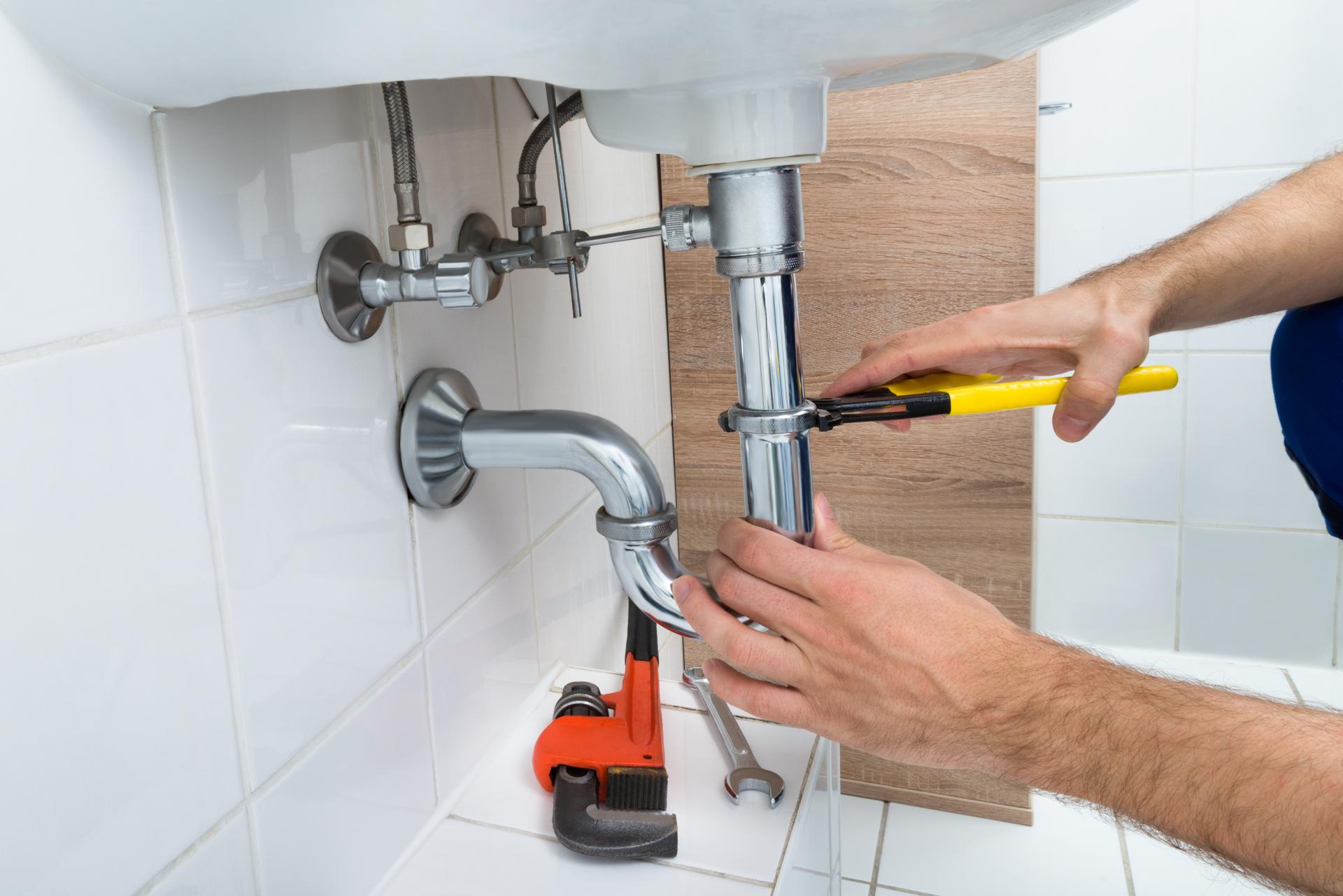The Complete Guide to Replacing Your Plumbing: When and What to Expect and What You Should Anticipate

Plumbing is an essential part of any home, providing us with clean water to drink, cook, and for cleaning, as well for the disposal of waste. However, like any other home appliance plumbing is likely to become worn out and need replacement.
Being aware of when it’s time upgrade your plumbing essential to prevent costly repairs and prevent health hazards. This article will talk about the signs that suggest that your plumbing is in need of being replaced, the factors to take into consideration before replacing your plumbing, the procedure for replacing your plumbing, the benefits that come with replacing your plumbing, and a FAQ section to answer any questions you may have.
There are signs that it’s time to upgrade your plumbing
There are several common signs that indicate the plumbing in your home needs to be replaced, for example: Leaks: If you notice the presence of water stains or puddles on your house, it’s a sign of a plumbing leak. Leaks can cause serious structural damage to your home and lead to mold growth which is why it’s crucial to take action immediately. Rust: Rusty pipes are an obvious sign that your plumbing needs to be replaced. Rust can contaminate your water supply, making it unsafe to drink or cook with. Low pressure in the water: If your faucets and showerheads produce weak flow of water, it’s a sign of low pressure in the water, which can be caused by corrosion of pipes or blockages. Water discoloration: Water that is discolored, such as brown or yellow, is an indication of sediment or rust within your pipes. This can affect the taste and the quality of your water. It may also be a sign of the need for a plumbing replacement.
Factors to Take into Account Before Replacing the plumbing
When replacing your plumbing, there are a variety of things to think about, including the age of the plumbing: Plumbing systems are designed to last around 50 years, so if your home is over that time, it’s probably that it’s time to replace. Cost of replacement replacing your plumbing could be costly, and it is important to plan for this expense. In the event of a plumbing problem that is severe If the plumbing problems are serious and affect multiple parts of your house, replacement may be the most effective option.
What to Expect During the Plumbing Replacement Process
The plumbing replacement process involves several steps, including: Shutting off water flow Your plumber will have to shut off the water supply to your residence to prevent water damage or leaks. Removing old pipes: Old pipes will need to be removed, which may require cutting through walls or floors. Installation of new pipes New pipes are installed, which might require rerouting to ensure the proper water flow. The time frame for replacing the plumbing will depend on the size of your home as well as the complexity of the project. The homeowners can anticipate some disruption during the process, including water shut-offs as well as damage to walls and floors.
Benefits of Replacing Plumbing
The replacement of your plumbing has many benefits, including: Increased water efficiency Plumbing pipes and fixtures have higher efficiency, which means reducing your water usage and lowering your energy bills. Better water quality: Replacing older, corroded pipes new ones can improve the quality and quality of water and make it safer to drink and cooking. Lower risk of plumbing problems The new plumbing will be less likely to create leaks or clogs, reducing the need for expensive repairs in the future.
Conclusion
Removing your plumbing is a significant investment, but it’s essential for your home’s security and comfort. If you know the indicators that suggest your plumbing needs replacement, taking into consideration the reasons for replacement, and knowing what to expect during the plumbing replacement process, you will be able to make an informed choice about your home’s plumbing. Be aware that replacing your plumbing will provide many advantages, including improved water efficiency, improved water quality and less risk of future plumbing problems.
FAQ Section
How much does it cost to replace plumbing?
The cost to replace your plumbing will depend on a variety of factors, including the size of your house, the complexity of the task, as well as the type of materials employed. In the average, homeowners can expect to spend between $5,000 and $10,000 for a complete plumbing replacement.
How long will it take to change the plumbing?
The timeline for plumbing replacement will be contingent in the area of the home and the complexity of the task. A typical whole-house plumbing repair can take anywhere from two to four weeks.
Should I replace my plumbing system if there is an issue with my plumbing?
If you have a single pipe leak system, it may not require a full replacement. If you’re experiencing a lot of leaks or detect other indications of plumbing issues, replacement could be the best choice.
Can I repair my plumbing by myself?
The replacement of your plumbing is a complicated task that should be delegated to a professional plumber. Attempting to replace your plumbing yourself could result in costly mistakes and potential security risks.
What type of pipes will I need for my plumbing replacement?
There are several types of plumbing pipes for replacement, including copper PVC and PEX. Your plumber can recommend the best type of pipes based on your particular requirements and budget. To conclude, the replacement of your plumbing system is a crucial decision to make with careful consideration. When you know the signs that indicate your plumbing needs replacing, taking into consideration the factors before replacement, and knowing what you can expect during the plumbing replacement process, you will be able to make an informed choice about the plumbing of your home. A skilled plumber can to guide you throughout the entire process to ensure the success of your plumbing replacement.
